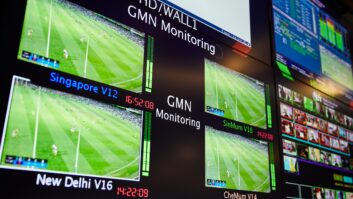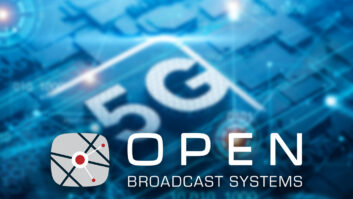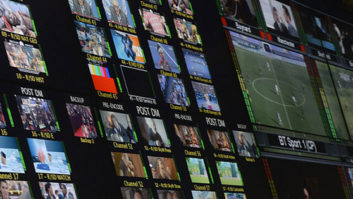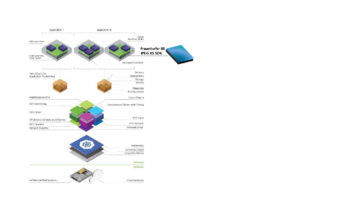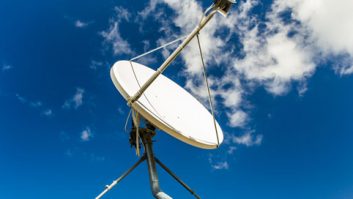Major trends in the satellite market coupled with advancements made by leading Integrated Circuit (IC) solution providers are driving a global transition from analogue to digital products, making 2014 an exciting year for the Direct Broadcast Satellite (DBS) Outdoor Unit (ODU) market.
The satellite market is expected to continue as the largest broadcast market over cable, and IPTV, with nearly 500 million households in 2017 according to IHS. With 4% CAGR between 2012 and 2017 the pay TV satellite sector is well positioned to expand in its leadership role.
Being the leader is not without challenges, as both the cable and IPTV markets are fighting to gain market share. New features such as ‘second screen’ apps, enhanced Digital Video Recorder (DVR) and a transition toward gateway/client architectures are expected to increase in deployments over the coming years.
For satellite operators to remain competitive, many are looking at single-cable solutions to support their growth initiatives and simplify the traditional delivery of satellite video into and throughout the home. Channel Stacking Switch (CSS) solutions enable multiple video streams to be delivered throughout the home on a single-cable run.
This technology drastically simplifies and lowers the cost of the installations by reusing the existing cabling within the home. Instead of multiple cables from the set-top box (STB) to the ODU product (low noise block converter or multiswitch), a single cable installation is possible.
Adding a DVR to an existing or new viewing location is as simple as plugging in the STB, no new wires required, no holes in the wall, no return calls to repair installation issues. Additionally, now that all video viewing locations are connected via a single cable, home networking solutions such as MoCA (Multimedia over Coax Alliance) can be used to provide multiroom DVR (mDVR) features, connect to a broadband network for over the top (OTT) services, as well as stream content from a larger gateway/server STB to a small low cost client box.
With the rapid increase in the number of tuners in a home, Entropic recently advanced its IC technology to allow for digitalisation that is both cost- and power- efficient. Entropic’s second-generation digital Channel Stacking Switch (dCSS) series, the EN5500 family, is recognised as the world’s lowest power, most cost-optimised and smallest form factor when compared to competitive ODU products.
In support of dCSS technology, the industry is updating the communications standard between the STB and ODU. CENELEC EN50607 is currently going through industry ratification and will enable single cable communications of up to 32 demodulators, a major improvement over the eight currently specified in CENELEC EN50494.
For DBS operators, dCSS solutions now support up to 32 user bands, which is needed as they migrate to gateway/client architectures or look to deploy single-wire hospitality and multi-dwelling unit (MDU) implementations that have high tuner count installation requirements.
